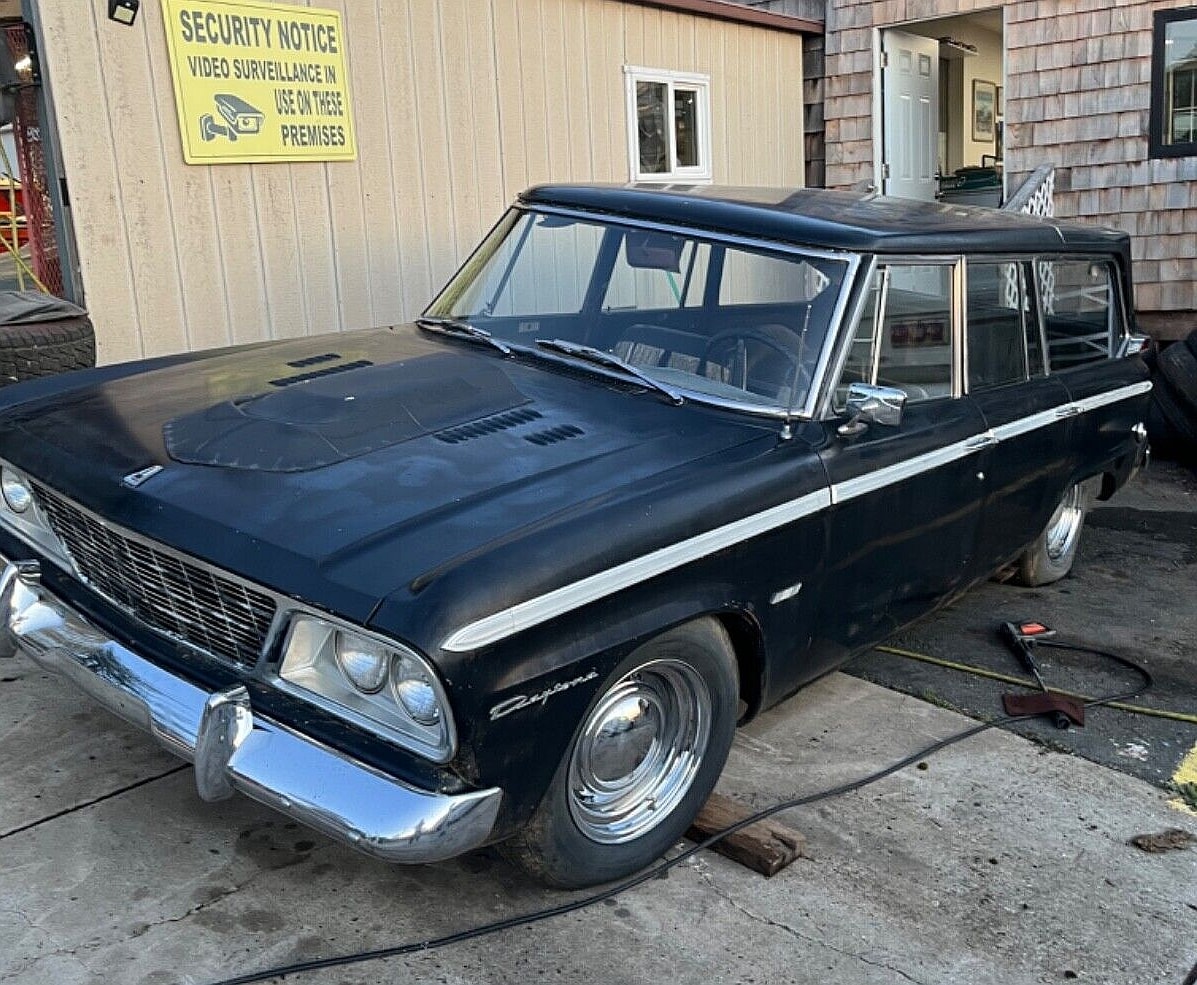Studebaker’s financial troubles in the early 1950s culminated in a near-bankruptcy situation for the Studebaker-Packard Corporation by 1956. Despite efforts to stay afloat, including a merger with Packard in 1954, the company faced mounting challenges.
However, in a bid to revitalize sales amid fierce competition, Studebaker introduced the Lark compact car in 1959. In a further attempt to diversify its model range, Studebaker enlisted industrial designer Brooks Stevens to refresh its lineup on a limited budget.

Stevens, inspired by his 1959 Scimitar concept, introduced the Wagonaire based on the Lark. This innovative wagon featured a retractable roof, allowing for versatile cargo hauling by exposing the trunk area when needed.
While the initial response was promising, with nearly 12,000 units sold in 1963, the Wagonaire faced challenges. Issues like leaking roofs and maintenance concerns with drainage tubes led to declining sales.
By 1966, both the Wagonaire and Studebaker were discontinued, marking the end of an era. Despite its innovative design, only a fraction of the approximately 20,000 Wagonaires produced survived, with many succumbing to deterioration in junkyards.

